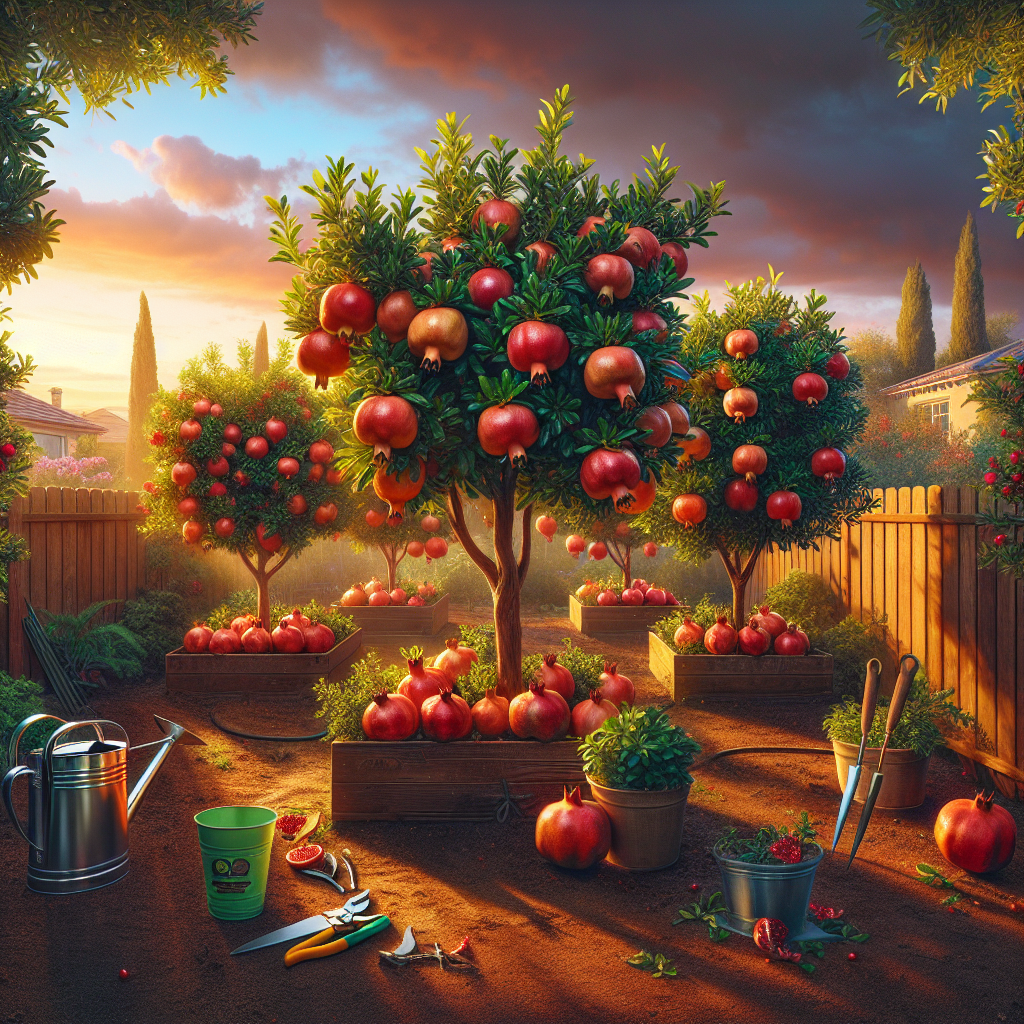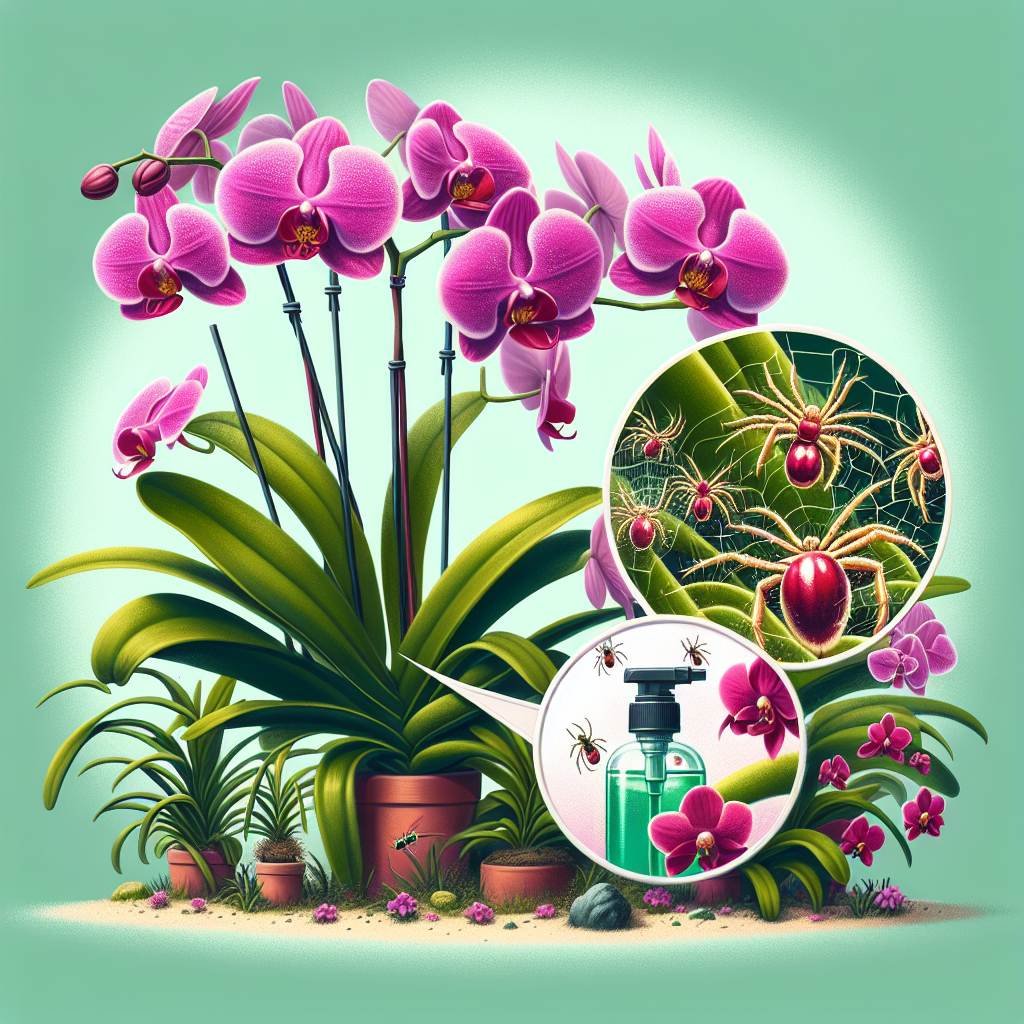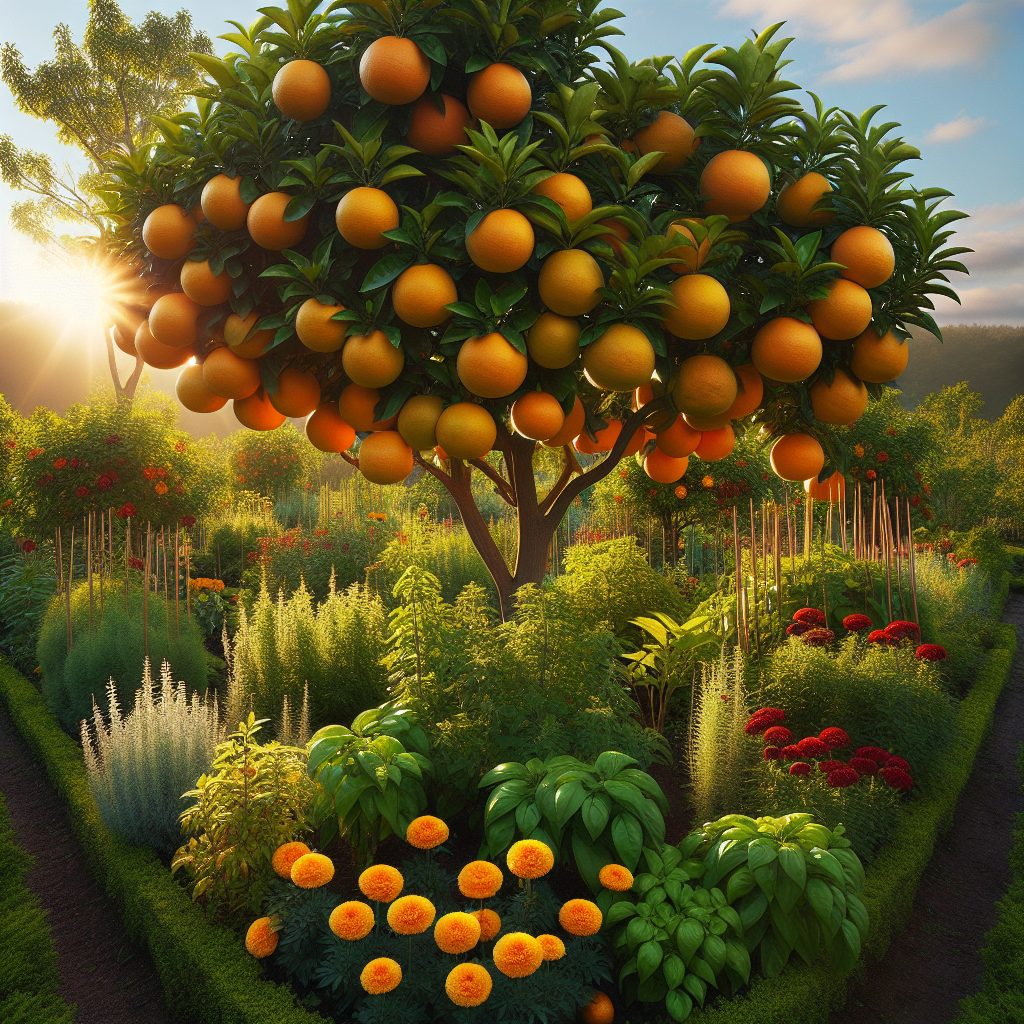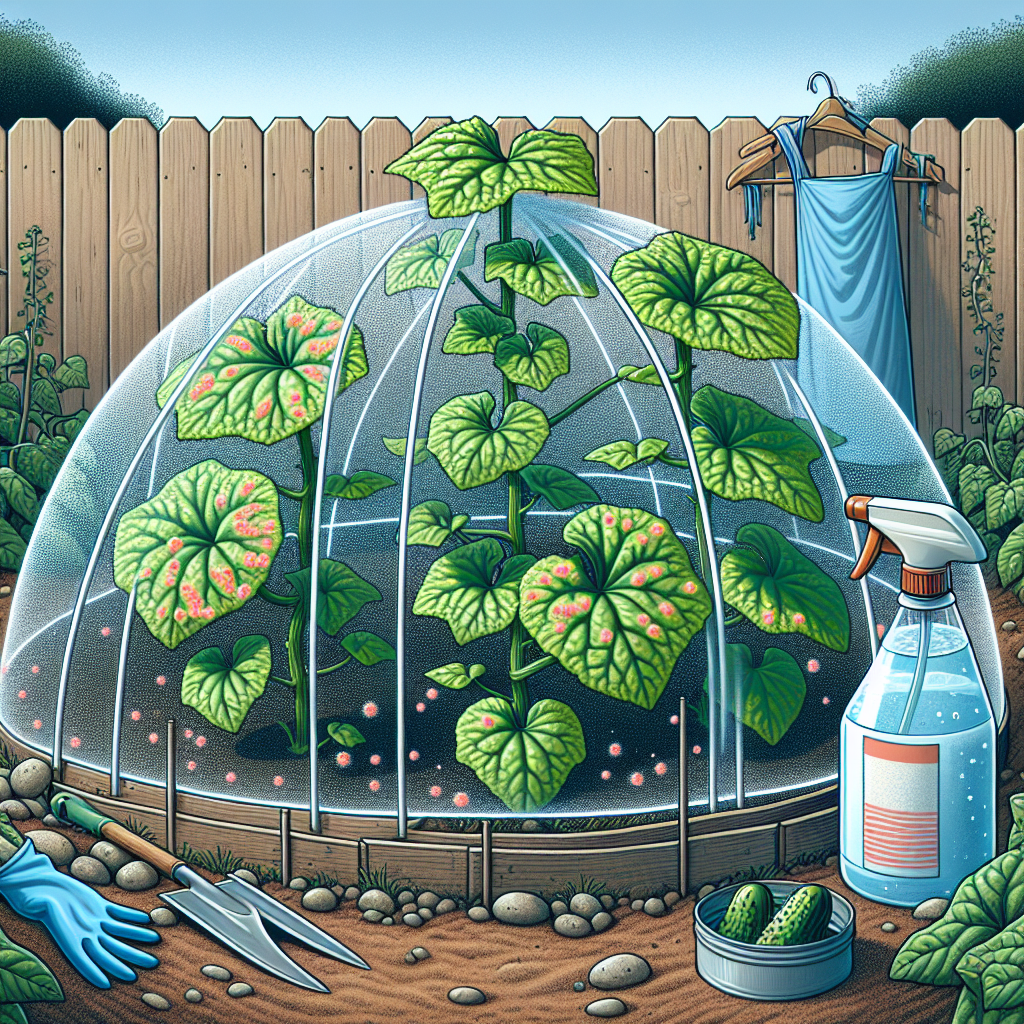Illinois’s Misleading Garden Plants: Stay Informed
Updated July 22, 2024 at 2:17 am
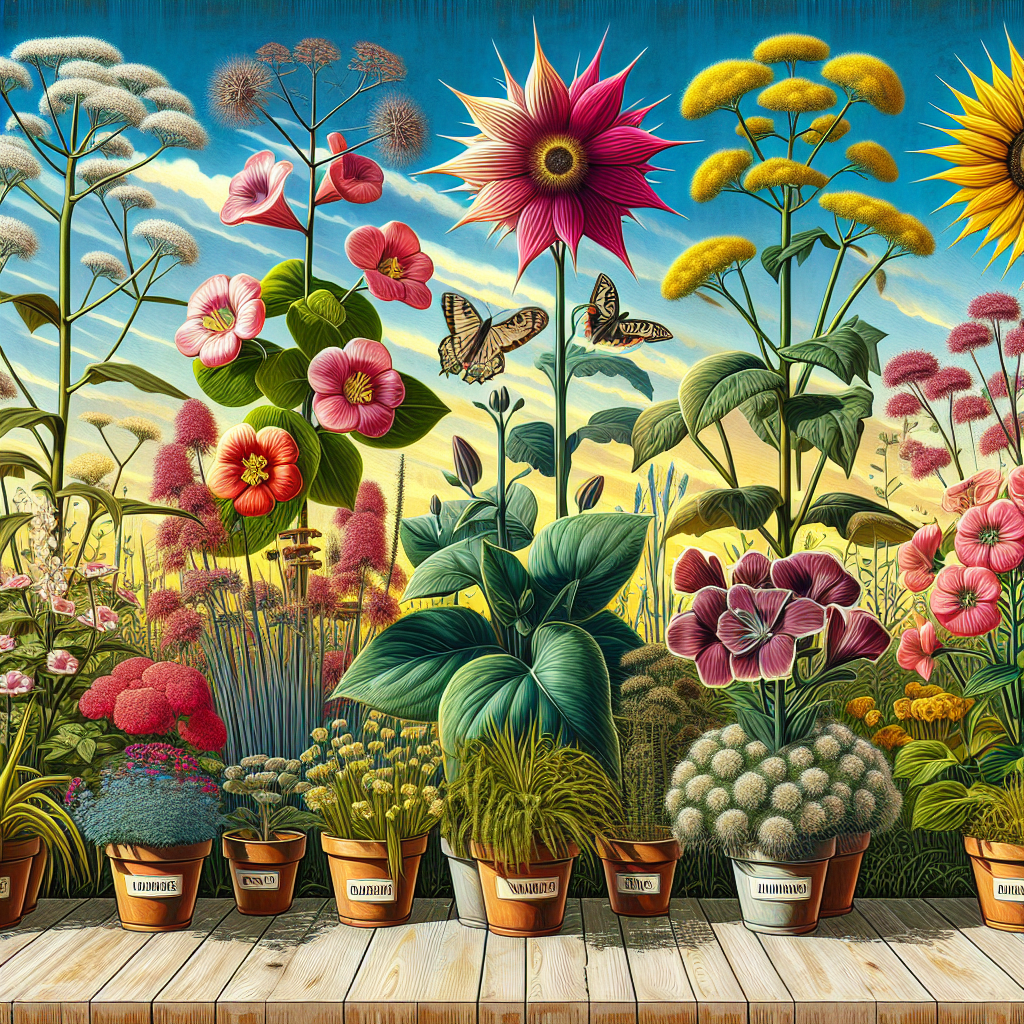
Understanding Misleading Garden Plants in Illinois
- Pet Friendly: Some plants, while beautiful, can be toxic to pets. It’s important to know which ones to avoid or to keep out of reach.
- Light Requirements: Misleading garden plants often survive in varying light conditions, which can cause confusion about their care.
- Watering: Over or under-watering can lead to plant distress. Misleading indicators of watering needs can make proper care challenging.
- Humidity: Recognizing a plant’s humidity needs is vital, as some may seem to require more or less than they actually do.
- Temperature: Variable Illinois weather can trick gardeners into misjudging a plant’s tolerance for temperature fluctuations.
- Difficulty: Misleading plants might appear easy to care for, while they actually require more attention and specific conditions to thrive.
What Are Some Common Misleading Garden Plants in Illinois?
Many a gardener in Illinois has faced the challenge of selecting plants that seem right for their garden, only to realize too late that the plant’s needs or behavior was misleading. A classic example is the beautiful yet invasive Purple Loosestrife (Lythrum salicaria), which can dominate natural areas, displacing native vegetation.
How Can I Tell if a Plant is Invasive or Deceptively Aggressive?
Turning to the Purple Loosestrife once again, this plant may beguile with its vibrant spikes of purple flowers, yet its ability to aggressively spread through wetlands and waterways is problematic. On its surface, it seems like a charming addition to any garden, but its invasive nature can cause extensive ecological damage.
Are There Any Native Plants That Could Be Mistaken for Weeds?
In the diverse state of Illinois, a plant like the Common Milkweed (Asclepias syriaca) is often wrongfully plucked as a weed. Its somewhat scruffy appearance leads to this confusion, yet it serves as an essential host for the monarch butterfly. Understanding the value of such plants is key for both gardening and local ecosystems.
Dealing with Garden Pests: Products and Solutions
A widespread problem with misleading plants comes from pests, like aphids or Japanese beetles, which might be attracted to particular species. One product to consider is Neem Oil, a natural pesticide.
Neem Oil products, such as Garden Safe’s Neem Oil Extract Concentrate, have received positive reviews for their effectiveness in managing pests without harsh chemicals. It’s said that users value the product for its ease of use – simply diluting with water and applying to the affected plants. They also appreciate its ability to deal with a wide range of pests.
Find This and More on Amazon
How Do I Handle Plants That Are Prone to Disease?
When it comes to disease-prone plants, prevention is key. Choosing disease-resistant varieties can be a smart move. For example, many types of roses are susceptible to black spot and other fungal diseases, but cultivars like ‘Carefree Wonder’ are bred to be more resistant.
If you’ve already encountered issues, products like BioAdvanced’s 3-in-1 Insect, Disease, & Mite Control can help. Citing numerous reviews, it’s noted that this product, when applied according to directions, can effectively control a range of diseases and pests. It’s also praised for its systemic action, providing care from the inside out.
Find This and More on Amazon
Fertilizers and Soil Amendments: What Works Best?
Fertilizers and soil amendments are vital for maintaining healthy plants, especially when native soil conditions are not ideal. A well-reviewed product is Miracle-Gro’s Water Soluble All Purpose Plant Food, which gardeners praise for its versatility and ease of use. The balanced formula supports a wide array of plant types without the risk of burn when used as directed.
For soil amendments, organic options like compost and worm castings are often recommended. These not only help with soil structure and moisture retention but also slowly release nutrients back into the soil. Espoma Organic’s Worm Castings blend receives positive feedback for its quality and effectiveness in promoting plant growth and vigor.
Can I Use Mulch to Control Misleading Plants?
Yes, mulch can be an excellent way to suppress weeds and manage water loss. Hardwood bark mulch is often recommended for its longevity and aesthetic appeal. Plus, as it breaks down, it helps to improve soil quality. Gardeneer’s Natural Organic Mulch is a product that receives praise for its natural appearance and environmental friendliness.
Effective Strategies for Managing Misleading Garden Plants
Gardeners often grapple with plants that have deceptive growth patterns or unexpected maintenance needs. One effective strategy is to design a garden with defined sections, employing barriers or garden edging, to contain plants like mint, which are known for their invasiveness.
Another tactic is to engage in companion planting, which can help deter pests and reduce the spread of disease. For instance, planting marigolds near tomatoes is popular for this purpose. The key is to do your research and understand the compatibility and benefits of neighboring plants.
Watering Techniques to Prevent Overwatering Misleading Plants
Overwatering can be particularly problematic for gardeners dealing with misleading plants like succulents, which may wilt or lose leaves when given too much water. Using a moisture meter is a helpful way to prevent over-watering. Thirsty Plant’s Moisture Meter has garnered attention for its accurate readings and ease of use.
Certain plants prefer the “soak and dry” method, which involves watering deeply but less frequently, allowing the soil to dry out between waterings. This encourages deeper root growth and can prevent rot in plants that are more susceptible to overwatering.
Choosing the Right Tools for Maintaining a Misleading Garden
The proper garden tools are essential for effectively maintaining plants that can be misleading in their care. Ergonomic pruners, like those from Fiskars, are often recommended for their ease of use and ability to provide a clean cut, minimizing damage to the plant.
Gardeners also value a good pair of gardening gloves to protect their hands while handling prickly or toxic plants. Pine Tree Tools’ Bamboo Working Gloves are popular for their dexterity, allowing gardeners to perform delicate tasks without hindering their movement.
Mulching Techniques to Combat Misleading Plant Growth
Mulching can significantly help in managing misleading plants by retaining moisture, regulating soil temperature, and suppressing weed growth. What’s crucial is choosing the right type of mulch for your particular garden needs. Cocoa bean mulch, for example, while aromatic and nutrient-rich, can be toxic to pets, so it might not be the best option for everyone.
Cedar mulch is an alternative that is not only pet-friendly but also has natural oils that can deter pests. Reviewers often cite CedarCide’s Natural Cedar Mulch for its pleasant scent and pest-repellent properties.
Can Plant Labels Mislead Gardeners?
Gardeners rely on plant labels for essential growing information, but sometimes labels can be misleading—either through a misprint or an oversimplification of care requirements. It’s a good practice to cross-reference information from a variety of sources, such as gardening books or local garden centers, which offer a wealth of knowledge beyond the label.
Additionally, using garden markers can help you keep track of plant-specific care instructions that you’ve researched. Products like GardenMate’s Metal Plant Labels are appreciated for being weatherproof and easy to read, allowing gardeners to make notes of their own for proper plant care.
How to Educate Yourself on Illinois Garden Plants
Understanding local plants can be tricky. One way to educate yourself is by visiting botanical gardens or attending workshops hosted by local nurseries. Another resource is to consult the University of Illinois Extension’s website, which provides detailed guides on native and invasive plant species within the state.
Books are also invaluable resources for gardeners. Jim McCormac’s “Wildflowers of Ohio” is often praised for its informative and accessible approach and can serve as a good reference for Illinois gardeners due to the similar regional flora.
Utilizing Technology to Manage Misleading Garden Plants
In the digital age, gardeners can use technology to keep misleading plants in check. There are apps available that allow you to track plant growth, identify diseases, and even remind you when to water. One such app is PlantSnap, which uses your smartphone’s camera to identify plants and provide care tips.
Garden planning software can also be a boon, helping you to visualize your garden and manage plant placement more effectively. GrowVeg is one program that comes recommended for its user-friendly design and extensive plant database, catering to both novices and seasoned gardeners.
When to Seek Professional Help with Misleading Plants
Sometimes, despite our best efforts, we might need professional assistance. Landscape designers or horticulturalists can provide guidance on plant selection and garden layout to minimize issues with misleading plants. If a plant is too problematic, a professional can recommend alternatives that are better suited to your specific environment.
For pest infestations or diseases, consulting a local extension service or a professional gardener can be a worthwhile investment. They have the expertise to advise on organic interventions before resorting to chemical solutions, ensuring a balanced and healthy garden ecosystem.
Understanding the Importance of Proper Plant Identification
One of the keys to managing a garden with potentially misleading plants is to ensure correct identification. Mislabeling can occur, whether from a nursery mix-up or a simple mistake. Investing in a high-quality plant identification guide or using a reliable app can ensure that you are working with the right plant from the get-go.
When shopping for plants, double-check the scientific name rather than relying solely on common names, which can vary widely and lead to confusion. Local garden clubs and societies can also be a wealth of knowledge when it comes to plant identification and can offer advice tailored to the Illinois climate and ecosystem.
Building a Supportive Gardening Community in Illinois
Fostering a local network of gardening enthusiasts can provide a vital support system when it comes to deciphering misleading garden plants. Engaging with community gardens or online forums specific to Illinois gardening can lead to insightful conversations and shared experiences.
For instance, regional Facebook groups or forums like the IllinoisGardeners subreddit can serve as platforms to ask questions, share success stories, and learn about the unique challenges of gardening in the state. These communities often band together to organize plant swaps or educational seminars, fostering a collaborative environment to bolster gardening knowledge and success.
Making Smart Plant Choices for your Illinois Garden
Smart plant selection goes beyond aesthetics; it involves choosing plants that compliment each other and are suited to the Illinois climate. Always consider the mature size of a plant to prevent overcrowding and the unintentional creation of microclimates that could foster mold or mildew growth.
It might also be helpful to create a garden map to plan out space and visualize plant compatibility. Some plants might look benign as seedlings but have the potential to become overbearing. Be sure to allocate ample space for each plant’s growth to prevent competition for resources which could lead to weaker plants that are more susceptible to disease or pests.
The Role of Local Regulations in Garden Plant Selection
It’s also crucial to be aware of local regulations and guidelines pertaining to garden plants. In certain areas, specific plants may be regulated or even prohibited due to their invasive nature. Checking with your local Department of Natural Resources can save you future headaches and contribute to the preservation of native Illinois ecosystems.
Illinois has its own list of invasive plants to avoid, such as the aforementioned Purple Loosestrife, and adhering to these guidelines will ensure that your gardening efforts are both legal and ecologically sound. Being an informed and responsible gardener means staying up to date on such regulations to protect local biodiversity.
Seasonal Challenges with Illinois’s Misleading Garden Plants
Illinois experiences a wide range of weather conditions, which can make gardening particularly challenging. Seasonal knowledge is key; what thrives in spring may struggle come the hot, humid summers or frigid winters.
Plants that might seem robust during mild weather conditions can become stressed and more susceptible to disease as temperatures peak or plummet. It’s important to choose plants that not only fit the current season but will survive and thrive through the changing Illinois seasons.
How to Revitalize a Garden Affected by Misleading Plants
If your garden has been affected by misleading plants, don’t despair. Begin by removing the problematic species to prevent further spread and consider replenishing the soil by adding organic matter to restore nutrients and improve structure.
Consider reintroducing native plants that are well-adapted to Illinois’s variable conditions and can provide ecological benefits by supporting local wildlife. Newly vacant spaces in your garden offer an opportunity for revitalization, potentially becoming a haven for pollinators with the right plant choices.
Conclusion
In conclusion, Illinois gardeners must navigate a landscape filled with deceptively appealing plants that may not align with local conditions or may be downright invasive. Staying informed about the unique challenges these plants present is crucial for a thriving garden. By choosing the right plants, learning proper plant care techniques, employing the use of effective gardening products, and staying vigilant against invasive species, you can create a beautiful and sustainable garden space. Remember, gardening is a learning process and every misstep is an opportunity to grow your knowledge and prowess as a gardener in Illinois’s dynamic environment.
Shop more on Amazon